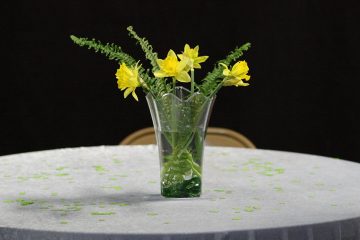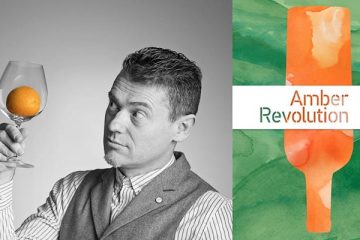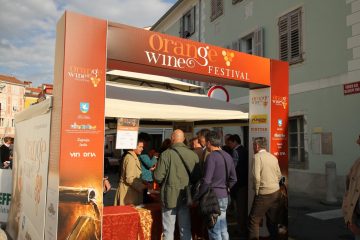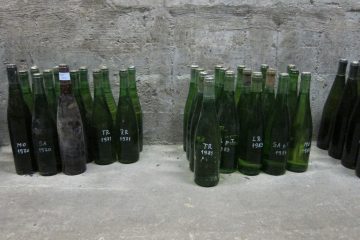Earlier this fall I ate at a restaurant that I had been looking forward to for months. We had researched the chef, read the reviews online, consulted our calendars, googled driving time (several hours through beautiful mountainous scenery), and finally, four of us arrived at the restaurant just as the
Palate Press staff writer Simon Woolf is in the midst of a Kickstarter campaign to fund a book entitled Amber Revolution - How the world learned to love orange wine. The illustrated 250-page book tells the full, forgotten story of orange wine, from Friuli & Slovenia to Georgia and beyond. According
Picture this: a postcard perfect seaside town in Slovenia, blue skies, fresh seafood and a wine festival. But not just any wine festival – in Slovene and Italian (the two most encountered languages in this part of the world) the description is rendered as “white wines with long maceration”. But
Even in its heyday, Communism didn't change people's enjoyment of drinking. But it did change how wine was made and sold, and while many of those changes weren't for the better, there's an interesting legacy in a pretty corner of Europe. Two years ago I happened upon a terrific story
Semi-transparent red purple wine, easy to open with its modern screwcap, despite being made by the oldest winery in Slovenia which dates from 1239. Warm, inviting aroma of cooked fruit with a trace of earthiness. Medium-light body, light structure. Flavor-read more-
Having tasted through several of the current vintage of Pullus wines, I was pleased to find this 2009 Sauvignon Blanc. Other Pullus wines seemed to wander back and forth between traditional (AKA old-fashioned) and modern styles. This Sauvignon Blanc has-read more-
There is a red track that runs through the Carso (Karst) region of northeastern Italy and neighboring Slovenia, a red track like a native bloodline. It is a native vine: terrano, also known as “Blood of Carso” for its color.-read more-
From grapes left to dry until Easter, this sweet Terrano evokes the richness of aromas and the body of a Porto wine. The colour is dark violet, nearly dark brown, but the nose is fresh, with aromas of dried orchard-read more-




